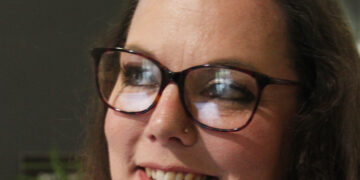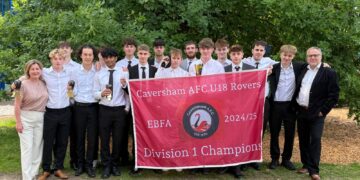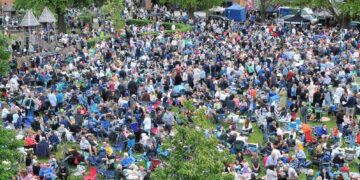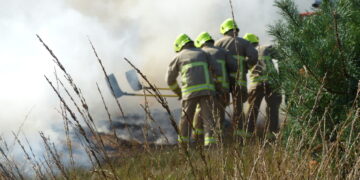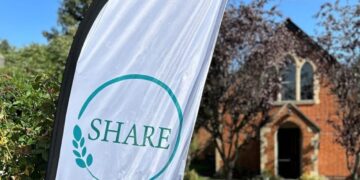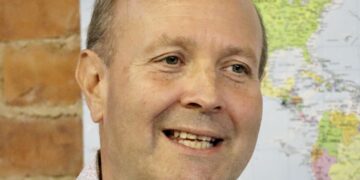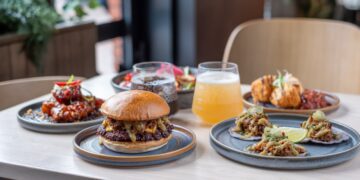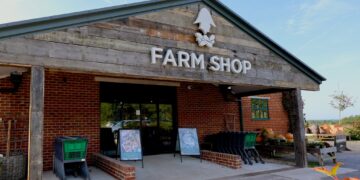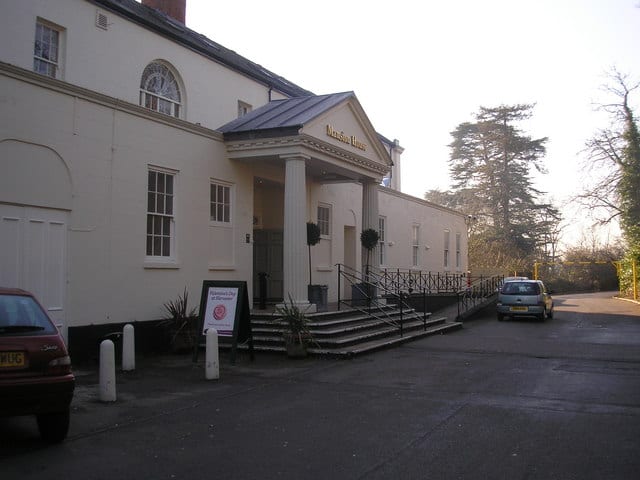The Wargrave Local History Society embarked on its 2021-22 programme of talks in April, again making use of the internet Zoom system.
The presentation was given by Reading Library’s local history specialist, Katie Amos, on Prospect Park Mansion in west Reading – “The history of the Mansion House and its families”.
Katie’s thorough research began with the Benjamin Childs and Frances Kendrick. She had challenged Benjamin to a duel – either fight him or marry him.
He chose the latter, and they lived at Calcot Park. However, Frances died only a few years later, and Benjamin then arranged for Prospect Hill House to be built (now known as The Mansion House).
It was extended by John Liebenrood in 1800, to look much as it does currently, and had various occupiers over time – several renting it for quite short periods.
The stories of these occupiers included a the subject of a Lunacy Commission for his strange behaviour, running out of the house with no clothes on and thinking he was royalty, while his sister was also committed for lunacy.
Another lady, Angela Burdett Coutts, (said to be the richest woman in the country after Queen Victoria) only lived there for a short while, but proposed marriage to the Duke of Wellington.
He was much older than her, but kindly turned her down. Other banking families also occupied the house, and then in the early 1880s it accommodated a school. That had been in nearby Parkside Road, but when those premises went up in flames, made use of Prospect Park House whilst their original school was rebuilt. There were strict rules on what the pupils were allowed to do – or not do.
The Liebenroods. who still owned it, offered it for sale several times towards the end of the 19th century, without success. In 1901 it was bought by Joseph Fidler, who had a business as a seedsman.
He then offered it to Reading Council ‘for the public benefit’, in much the way the Palmer family had provided Palmer Park to the east of Reading.
The council decided that they were unlikely to get a similar opportunity again, so bought it for £14,000. Its uses changed over time, being used for agricultural shows, part for an infectious disease’s hospital. etc.
In the First World War, the house was taken over by the Board of Guardians, to re-house elderly from the Battle Hospital site, when that was required to treat injured men from the military, while in the Second, the National Fire Service made use of it.
It then fell into a poor state of repair, especially after three arson attacks, but has subsequently been restored and made into a restaurant, with the surrounding ground a public open space.
Katie has written a book on it, published by the Scallop Shell Press.
The Society’s planned programme is at www.wargravehistory.org.uk, where the latest information can be found, or email [email protected] to confirm meeting details.
PETER DELANEY
Share news from your club, group or society
If you are in a WI, Mothers’ Union, a friendship group or an action group then send us a report of your meetings and we’ll print them here!
Share your reports by emailing [email protected]





